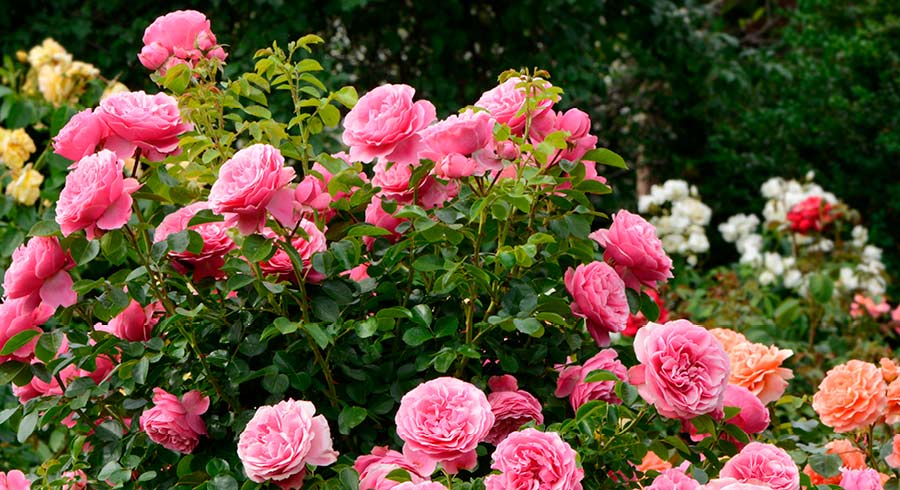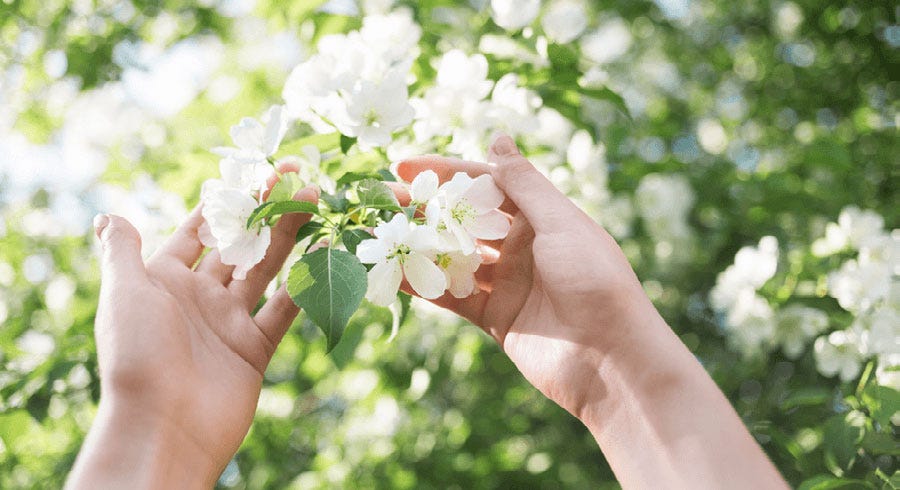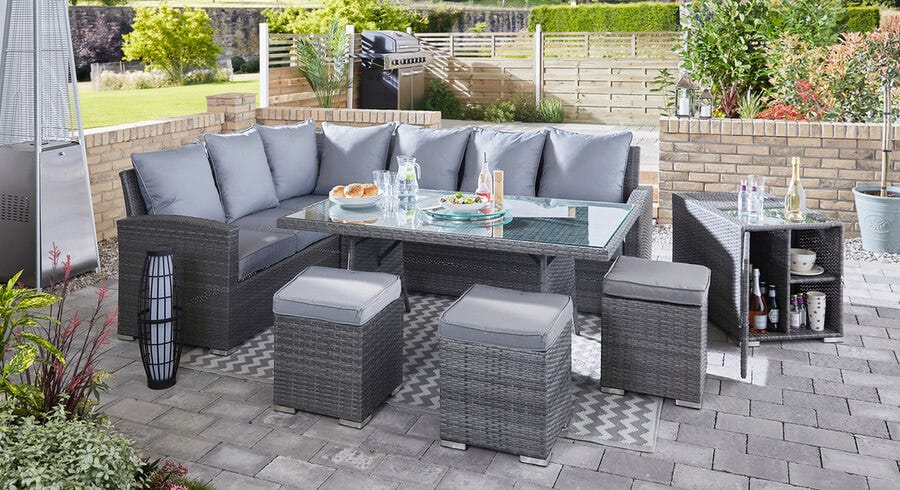Rose Plant Care Guide


Arguably one of the most beautiful blooms, the rose is a joy to have in the garden. This perennial plant is well worth tending for its fantastic floral display and beautiful scent.
There are lots of colours and species to choose from, such as climbing roses or the classic shrub, though all require the same care.
We’ve put together a guide full of rose plant care tips to help these lovely flowers thrive.
Rose Plant Care Tips
Roses have often been considered hard to grow, but over the last twenty years or so, selective breeding has resulted in a much better performance. We offer proven varieties that are highly resistant to common diseases and guaranteed to grow well, so you can enjoy these beautiful plants without the frustration.
Depending on the time of year, we supply our roses as either ‘potted’ and ‘bare root’. They can be cared for the same way so all the advice in this guide will help you with both. Here are a few general tips to begin with:
- Whichever type you’re planting, use a Rose & Shrub Feed instead of Fish, Blood & Bone to give them the best chance to thrive.
- Plant your roses around 1-1.2m apart to allow them room to grow, but they can be pruned easily to the size you want.
- Prune them each year in early spring ahead of any new growth.
Cut old and spindly stems down by about 60% with some high quality pruners.


How to Plant Bare Root Roses
A ‘bare root’ rose is dormant with no leaves and the roots out of the soil. They may look like dead sticks when you receive them but don’t worry, they’ve just been trimmed and will thrive once planted!
Caring for Bare Root Roses Before Planting
When you receive your roses, soak the roots in water for a minimum of two hours or, ideally, overnight. If you can’t plant them as soon as you receive them, they should be fine for up to two weeks if left in a cool, dark place away from frost. Keep the bag around the roots with some water inside.
Planting Bare Root Roses: A Step by Step Guide
- Choose a place with plenty of space to give your roses room to grow.
- Dig a hole twice the width of the roots, forking over the bottom to loosen the soil.
- Add some high quality fertiliser and plant at the same depth as the soil mark. If the tree has been grafted, make sure the graft point (the ‘knuckle’ at the bottom) is 10cm above soil level.
- Holding the plant with one hand, backfill the hole with soil gradually with your other hand so it falls back around the roots.
- If you’re planting into pots, place some old rocks, stones or gravel in the bottom for drainage and ballast. Use a good quality compost and fertiliser, and water at least once a week.


How to Plant Roses in Pots
Roses can grow in pots just as well as they can grow in the ground, which is great news for patios and smaller gardens.
During the summer, roses are generally potted up into protective nursery pots with fresh growth beginning to appear.
These plants are more established and can be planted all year round but if you can’t plant them straight away, they can be left in their nursery pots for as long as you need. It’s fine to keep them outside as long as they’re well-watered and kept away from frost.
Plant potted roses the same way you would a bare root (see our step-by-step guide above), but just dig a hole to fit the pot. Break up the soil at the base to allow the roots to grow deep into the hole. Before planting, give your rose a good watering and then gently ease it out of its nursery pot. Loosen the soil around the roots with your fingers, then place into your hole. Lightly firm the soil around your rose and water well.
To plant into a pot or container, follow the same steps as before. Make sure your pot is large enough so that the rose has plenty of growing space. Deadhead frequently during the summer months to encourage more flowers and growth.
How Often to Water Roses in Pots
Water your roses at least once a week, especially when the weather’s on the warmer side to make sure they don’t dry out.
Types of Roses
There are all different types of roses: shrub roses, climbers, groundcover and standard roses, which come in a wide selection of colours, scents and other characteristics.


Climbing Roses
Nothing beats the sight and scent of the quintessential English rose, and climbers are particularly stunning. Tumbling over garden arches and pergolas, scrambling up trellises on sheds and sending their wonderful scent through the air, they create gorgeous displays month after month. They’re the perfect choice if you’re looking for a cottage-garden look, or for covering unattractive fences or walls. They’ll climb up to 2m high so will provide plenty of coverage and masses of colour.


Standard Roses
Sophisticated and modern, standard roses form a lollipop shape with a ball of flowers on top of a tall bare stem – a process of ‘top-grafting’ the flowering variety onto the straight stem of the rootstock. More like a tree than a traditional bush, they look great when placed in striking pots on patios, or flanking doorways to create an impressive entrance. They’ll give you stunning displays all summer for decades to come.


Groundcover Roses
Groundcover roses grow just as the name suggests: they cover the ground in beautiful blooms, creating a carpet of colour. Perfect for low borders or large patio containers, these lovely flowers are very impactful - not to mention great value for money: just one plant will cover an area 1m wide and 0.5m high. They’re also easy to care for as they’re highly disease-resistant and winter-hardy, giving gorgeous displays all year long for many years. Not surprisingly, they’re becoming more and more popular!


Shrub Roses
Traditional shrub roses are ideal for beds and borders, or for tumbling over the edge of large patio pots. Winter-hardy and very easy to grow, they reach a compact size of 60-90cm, making them nice and easy to manage. They’ll blossom from May to October every year, rewarding you with a mass of roses in different shapes and sizes against a dense backdrop of glossy green foliage. Their density makes them perfect for using as small hedges to line pathways or for adding privacy to your garden. And, like with some other types of roses, you can cut stems off to bring their colour and scent to your windowsills.










